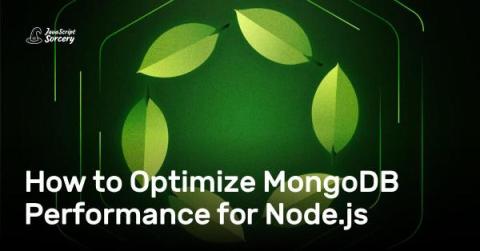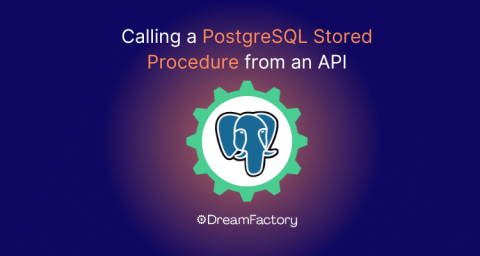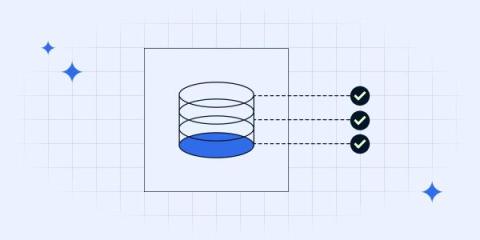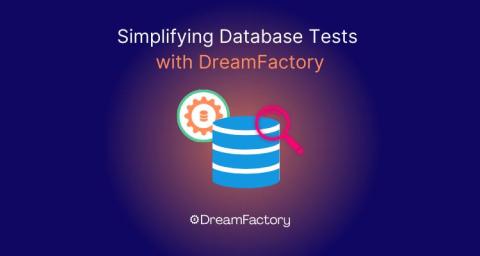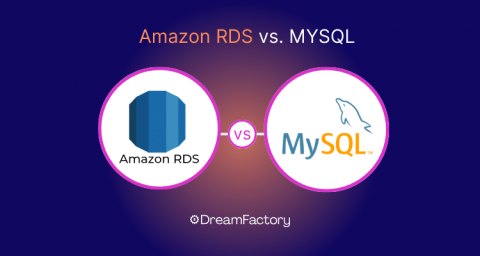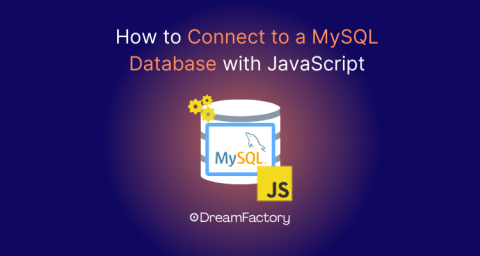How to Optimize MongoDB Performance for Node.js
To update a document in MongoDB, I used to fetch it, update the values, and save back the entry. I would question the need for an update method. Looking back, it's evident that performance optimizations were hardly a concern when working on a personal project. Working with a larger dataset is a whole different story, though. This is where no-code tools can't help. In this article, I'll share some of my learnings when it comes to working in MongoDB with millions of documents.

